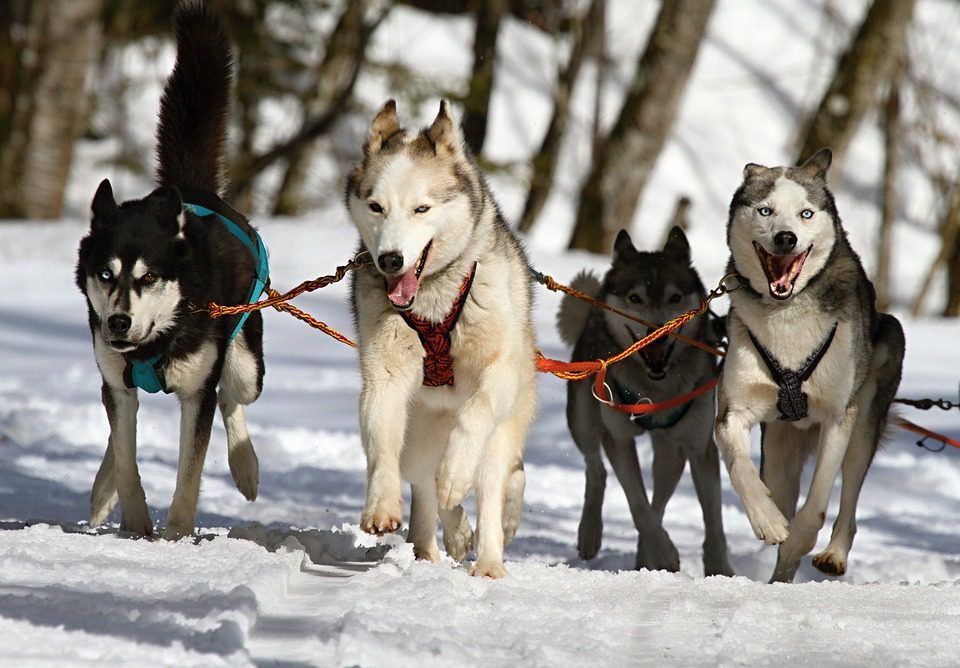Trauma can be an incredibly difficult experience for any living being, and especially for our beloved furry friends. Dogs are especially sensitive to trauma and can suffer from a wide range of physical and emotional symptoms if exposed to a traumatic event. Understanding the tell-tale signs of a traumatized dog can help you provide the care they need to heal and move forward. In this article, we will explore the different signs of a traumatized dog and how you can help your pet cope.
Introduction
Table of Contents
Dogs are loyal and loving companions, but, like humans, they can experience psychological trauma. Trauma can affect a dog’s behavior, personality, and wellbeing, and it is important to recognize the signs of a traumatized dog so that you can provide the necessary support and care. In this article, we will discuss what trauma is, how it can affect a dog, and the signs of a traumatized dog.
What is Trauma?
Trauma is a psychological reaction to an event or experience that is distressing and overwhelming. Trauma can be caused by a single traumatic event, such as a car accident, or by a series of events, such as being abused. Trauma can also be caused by a combination of these events. Trauma can affect a dog’s physical, mental and emotional health and can lead to long-term changes in behavior and personality.
How Can Trauma Affect a Dog?
When a dog experiences trauma, it can cause a range of physical, mental and emotional symptoms. Physically, a dog may become withdrawn and lethargic, lose their appetite, and have difficulty sleeping. Mentally, a dog may become anxious or fearful, have difficulty focusing, and may become easily startled or aggressive. Emotionally, a dog may become depressed, clingy, or show signs of stress.
Signs of a Traumatized Dog
There are several signs that may indicate that a dog is traumatized. These signs include:
Behavioral Changes
A traumatized dog may display changes in their behavior, such as becoming withdrawn or aggressive, exhibiting fear or anxiety, or becoming easily startled. They may also become clingy or display signs of depression.
Physical Changes
A traumatized dog may also display physical changes, such as a decrease in appetite, difficulty sleeping, or excessive panting or drooling. They may also have difficulty concentrating or become easily distracted.
Changes in Interactions
A traumatized dog may also display changes in their interactions with other dogs or people. They may become more aggressive or have difficulty trusting or bonding with others. They may also become more clingy or needy.
Changes in Activity
A traumatized dog may also display changes in their activity level, such as becoming lethargic or hyperactive. They may also become more withdrawn or easily startled.
Conclusion
It is important to be aware of the signs of a traumatized dog so that you can provide the necessary support and care. If you suspect that your dog is traumatized, it is important to seek professional help from a qualified veterinarian or animal behaviorist. With the right care and support, a traumatized dog can go on to lead a happy and fulfilling life.
## Common Myths About Traumatized Dogs
1. Myth: Traumatized Dogs Are Uncontrollable – This is untrue. Many traumatized dogs can be trained and managed, just like any other dog.
2. Myth: Traumatized Dogs Always Show Aggression – This is not true. While some traumatized dogs may display aggression, this is not always the case.
3. Myth: Traumatized Dogs Will Never Recover – This is false. With proper care and treatment, many traumatized dogs can make a full recovery.
4. Myth: Traumatized Dogs Are Unadoptable – This is not true. Many traumatized dogs can be adopted and given a second chance at life.
Frequently Asked Questions
Conclusion
.
Trauma is a psychological reaction to an event or experience that can affect a dog’s physical, mental and emotional health. Signs of a traumatized dog can include behavioral changes such as withdrawal, aggression, and fear; physical changes such as decreased appetite and difficulty sleeping; changes in interactions such as aggression and difficulty trusting; and changes in activity such as lethargy and hyperactivity. It is important to recognize the signs of a traumatized dog and seek the help of a professional in order to provide the necessary care and support.






